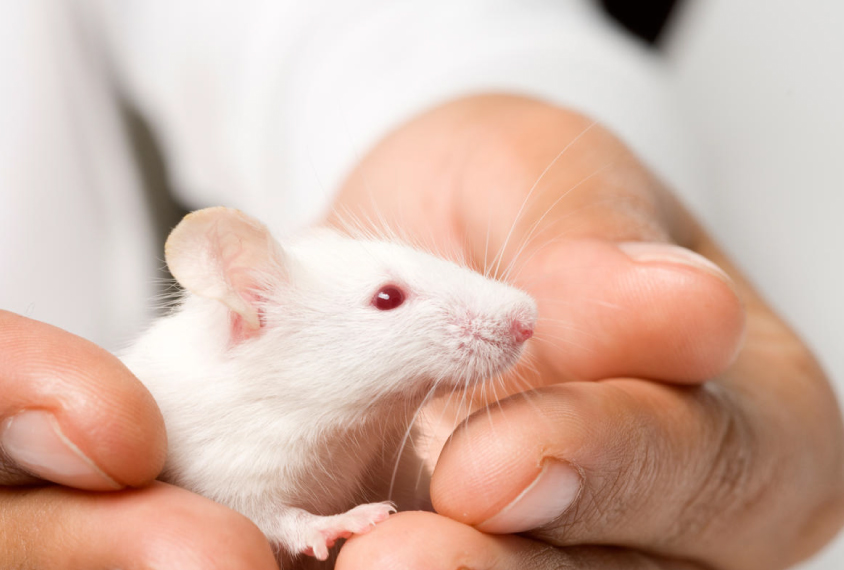
Mouse, human ‘co-clinical’ trials could speed autism drug discovery
A team of researchers is trialing a fast approach to autism drug development: simultaneously testing candidates in people and in mice.
A team of researchers is trialing a fast approach to autism drug development: simultaneously testing candidates in people and in mice. Their approach has so far revealed that one drug, Tideglusib, is ineffective in mouse models of autism, and it might have been abandoned — except that it seems to work in people.
Despite several promising leads, attempts to create drugs for autism have largely come up short. Research teams have been left frustrated when drugs that offered hope in mice didn’t pan out in clinical trials involving people.
The ‘co-clinical’ trial approach, commonly used in cancer research, can help scientists zero in on subgroups of people who respond to certain drugs.
The researchers presented this method — and some unpublished mouse findings — yesterday at the 2018 Society for Neuroscience annual meeting in San Diego, California.
The team used this approach to test Tideglusib. The drug has passed safety checks and is being used in clinical trials for Alzheimer’s disease.
Tideglusib is also a candidate for autism treatment because it tamps down an enzyme called glycogen synthase kinase 3-beta. This molecule is elevated in mice lacking FMR1, which is mutated in people with fragile X syndrome. A 2013 study showed that the drug reverses some behavioral problems in fragile X mice1.
Mouse misdirection:
The team’s new approach suggests the drug is not effective for autism, however.
The researchers tested Tideglusib in four mouse models of the condition: mice with mutations in or deletions of FMR1, CHD8, SHANK3 or ARID1B. They also evaluated mice that model Nance-Horan syndrome, a rare genetic condition related to autism.
They treated the mice with a placebo or the drug for four weeks. They scanned the mice’s brains using magnetic resonance imaging at the beginning and end of treatment.
The team saw only one change in behavior: The SHANK3 mice were less anxious than controls after receiving the drug.
“Overall, we’re not seeing very much treatment effect,” says Zsuzsa Lindenmaier, a graduate student in Jason Lerch’s lab at the University of Toronto. “I don’t know whether it’s the dose, the behaviors, the imaging.”
The team simultaneously tested the drug in 83 adolescents with autism. They have not yet published the results of the trial, which ended in February, but said in a press release that the results are encouraging. “We saw quite a bit of treatment effect, so I’m curious to see if there’s some group [of participants] driving that,” Lindenmaier says.
The researchers are using the same approach to study the effects of oxytocin in autistic people and mouse models of the condition. They plan to assess other drugs too using this design.
For more reports from the 2018 Society for Neuroscience annual meeting, please click here.
References:
- Franklin A. V. et al. Biol. Psychiatry 75, 198-206 (2013) PubMed
Recommended reading

Expediting clinical trials for profound autism: Q&A with Matthew State

Too much or too little brain synchrony may underlie autism subtypes
Explore more from The Transmitter

Mitochondrial ‘landscape’ shifts across human brain

